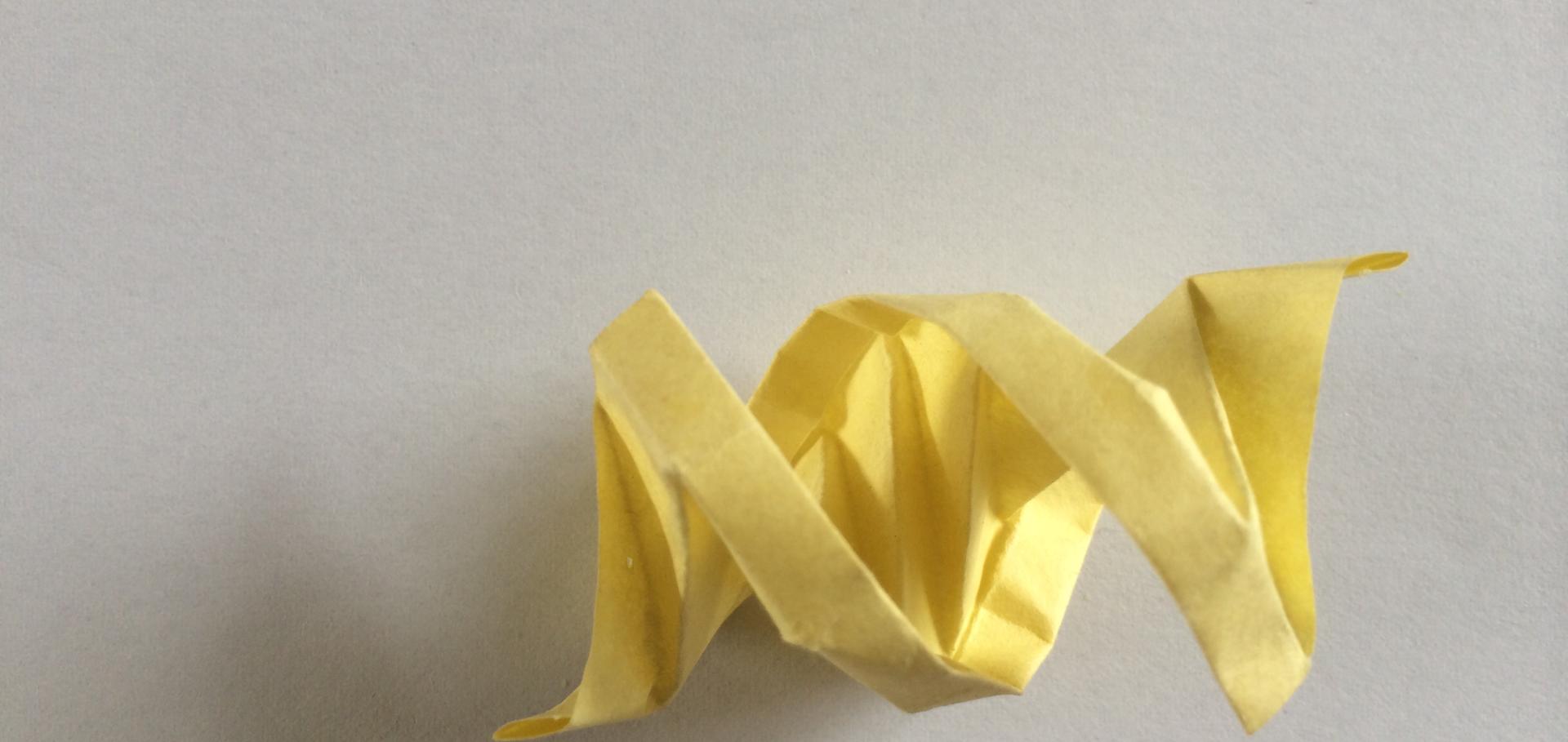Precision control of DNA-based molecular reactions
Institution of Engineering and Technology (IET) (2016) 1 .-1 .
Modelling DNA origami self-assembly at the domain level.
Journal of Chemical Physics AIP Publishing 143:16 (2015) 165102
Abstract:
We present a modelling framework, and basic model parameterization, for the study of DNA origami folding at the level of DNA domains. Our approach is explicitly kinetic and does not assume a specific folding pathway. The binding of each staple is associated with a free-energy change that depends on staple sequence, the possibility of coaxial stacking with neighbouring domains, and the entropic cost of constraining the scaffold by inserting staple crossovers. A rigorous thermodynamic model is difficult to implement as a result of the complex, multiply connected geometry of the scaffold: we present a solution to this problem for planar origami. Coaxial stacking of helices and entropic terms, particularly when loop closure exponents are taken to be larger than those for ideal chains, introduce interactions between staples. These cooperative interactions lead to the prediction of sharp assembly transitions with notable hysteresis that are consistent with experimental observations. We show that the model reproduces the experimentally observed consequences of reducing staple concentration, accelerated cooling, and absent staples. We also present a simpler methodology that gives consistent results and can be used to study a wider range of systems including non-planar origami.Modelling DNA origami self-assembly at the domain level
Journal of Chemical Physics American Institute of Physics 143:16 (2015) 165102
Abstract:
We present a modelling framework, and basic model parameterization, for the study of DNA origami folding at the level of DNA domains. Our approach is explicitly kinetic and does not assume a specific folding pathway. The binding of each staple is associated with a free-energy change that depends on staple sequence, the possibility of coaxial stacking with neighbouring domains, and the entropic cost of constraining the scaffold by inserting staple crossovers. A rigorous thermodynamic model is difficult to implement as a result of the complex, multiply connected geometry of the scaffold: we present a solution to this problem for planar origami. Coaxial stacking of helices and entropic terms, particularly when loop closure exponents are taken to be larger than those for ideal chains, introduce interactions between staples. These cooperative interactions lead to the prediction of sharp assembly transitions with notable hysteresis that are consistent with experimental observations. We show that the model reproduces the experimentally observed consequences of reducing staple concentration, accelerated cooling, and absent staples. We also present a simpler methodology that gives consistent results and can be used to study a wider range of systems including non-planar origami.Guiding the folding pathway of DNA origami
Nature Springer Nature 525:7567 (2015) 82-86


